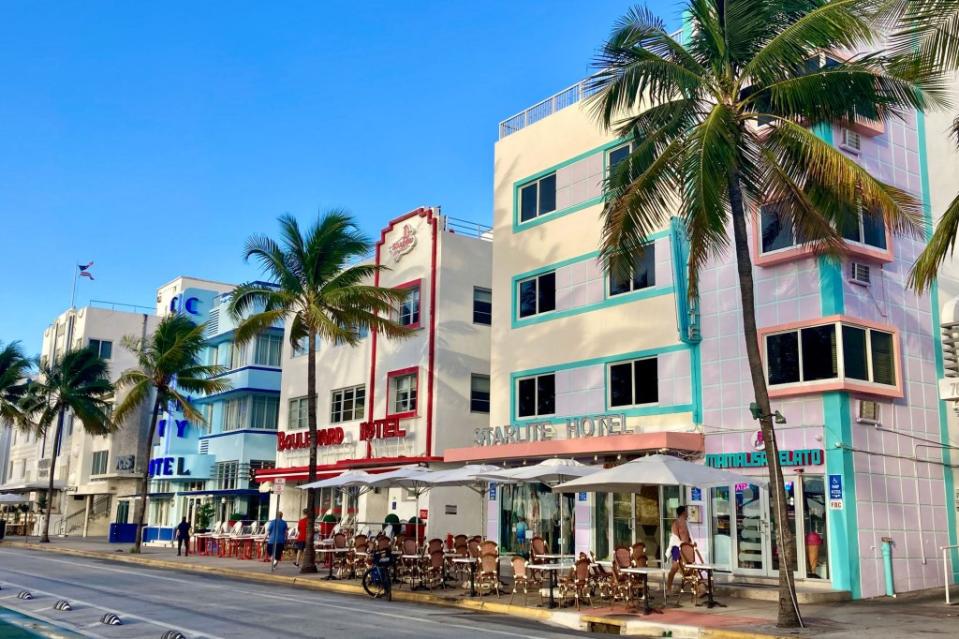New dialect known as ‘Miami English’ appearing in Florida, linguists say — here’s what it sounds like

The fusion of Latin and Anglo-American cultures in South Florida in the latter half of the 20th century has created a new dialect, linguists say.
Known as Miami English, the increasingly popular parlance has its roots back in the 1950s, when Cubans began moving to the region en masse.
One of the country’s most bilingual cities today — and beyond that, home to many different Spanish dialects — research has shown that Miamians are finding a new way to engage with English, not unlike immigrant groups in other parts of the United States throughout modern history.
“In Miami, there are many ways of speaking English,” Phillip M. Carter, Director of the Center for Humanities in an Urban Environment at the Florida International University, told IFL Science.
“The variety we have been studying for the past 10 years or so is the main language variety of people born in South Florida in Latinx-majority communities. The variety is characterized by some unique but ultimately minor pronunciations, some minor grammatical differences, and word differences, which are influenced by the longstanding presence of Spanish in South Florida,” he said.

Miami English isn’t to be confused with Spanglish — it’s English, crammed with English phrases lifted directly from the literal Spanish, something known as a calque. And increasingly, everyone in Miami is using them — no matter where their families hail from, Indy100.com reported.
“What is remarkable about them is that we found they were not only used in the speech of immigrants — folks who are leaning on their first language Spanish as they navigate the acquisition of English — but also among their children, who learned English as their co-first language,” Carter said.
And calques are nothing new to the language, Carter points out — in a previous article for the Conversation, he spotlights a more famous example: Dandelion, which is lifted from the french term dent de lion, or lion’s tooth.

What does Miami English sound like?
From word-for-word translations to borrowing of phonetics, Miami English has its roots in the many different Spanish dialects spoken in South Florida. The study authors tested out 50 different phrases on a small assortment of locals — here are some commonly understood examples of the new, ever-evolving lingo, shared with reporters:
“We got down from the car.” — a literal translation of “bajar del carro.” Used instead of “we got out of the car.”
“I made the line to pay for groceries.”
“He made a party to celebrate his son’s birthday.” — Make instead of throw, comes from “hacer una fiesta.”
“Marco and I went to a bar and he invited me a beer.” — “invite” is commonly carried over into English by Spanish speakers to substitute for buying someone a beer, or a coffee, or a meal.
“Alex got married with José.” From the spanish “casarse con,” which translates literally as “married with,” instead of “married to.”
“Thanks God.” — the “s” is borrowed from “gracias a Dios.”

